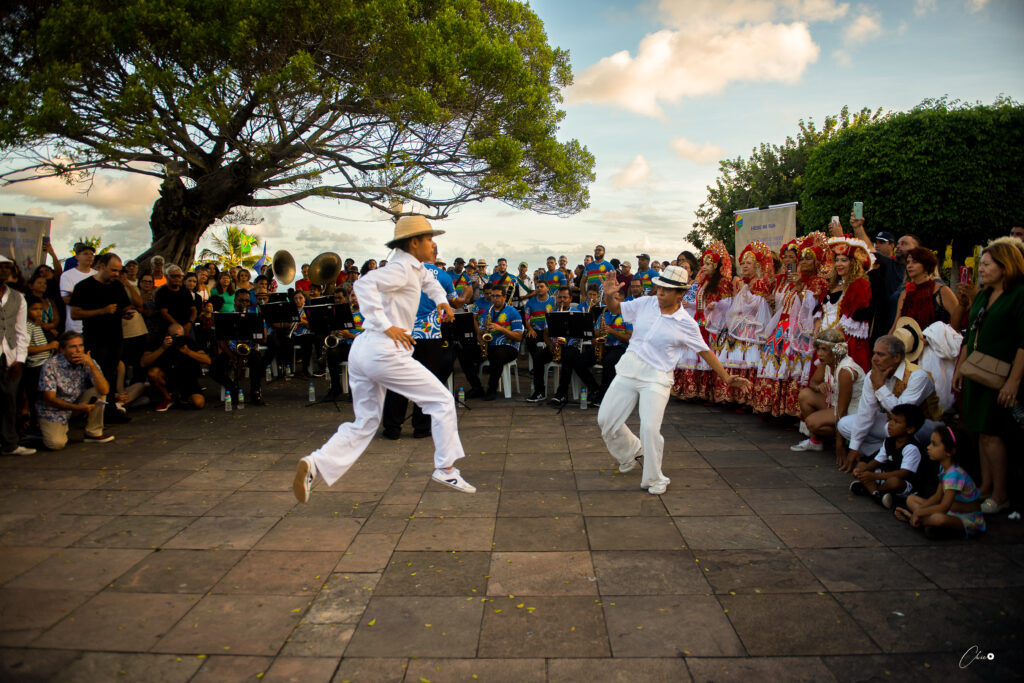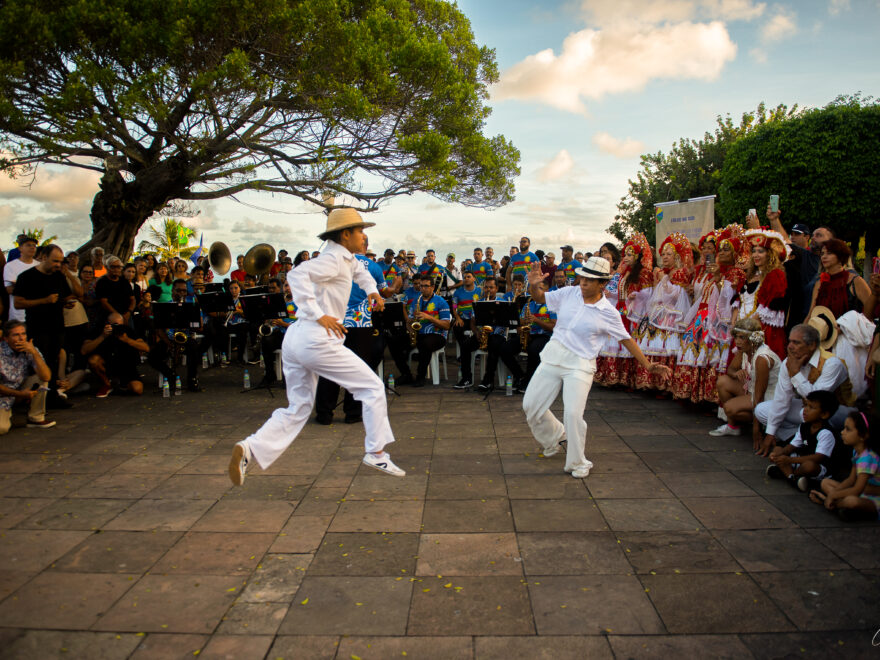Table of Contents
The magic hidden behind the lens
If you’re a photography enthusiast, you’ve probably asked yourself: “If I just had that camera, my photos would be perfect.” This is the most common trap for beginners. The truth is, photography isn’t about how expensive your gear is, but about how you use it. Cameras, lenses, and other gadgets are just tools, but the magic lies in three essential pillars that most people ignore: light, composition, and the right accessories.
Forget for a moment the race for megapixels and the obsession with the latest models. In this complete guide, we’ll dive into the fundamentals that truly separate an ordinary snapshot from a breathtaking photograph. We will demystify what makes an image powerful and transform you from a simple “point and shoot” into a visual storyteller. If you master what you are about to learn, your photography will never be the same again, regardless of the equipment you hold in your hands.
Light is Your Raw Material: Mastering the Essential Element
In its essence, photography is the art of “writing with light.” The camera does nothing but capture the light reflected by an object. Therefore, the quality of your image is directly linked to the quality of light you have available.
Understanding the Types of Light
Light isn’t just one thing. It changes according to the time of day, its direction, and even its source. Your main task is to learn to recognize and use each type of light to your advantage.
- Soft Light vs. Hard Light: Hard light, like a midday sun, creates strong, well-defined shadows. It’s excellent for adding texture and drama, but can be challenging for portraits. Soft light, on the other hand, like on a cloudy day or light coming through a window, creates softer shadows and a gradual transition between light and dark areas. It’s ideal for portraits and most scenes because it’s more flattering.
- The “Golden Hour” and “Blue Hour”: If you have free time, go out to shoot in the early morning or late afternoon. The Golden Hour (the first hour after sunrise and the last before sunset) offers a warm, golden light that adds a magical, inviting tone to your photos. The Blue Hour, which happens right after sunset, provides a cool, bluish light, perfect for cityscapes and scenes with artificial lights.
- Backlight and Front Light: Shoot with the light source behind you to light your subject directly, which is great for beginners as it eliminates unwanted shadows on the face. But don’t be afraid to experiment. Placing the light source behind your subject (backlighting) can create a dramatic effect and stunning silhouettes, adding an artistic touch to your images.
Simple Techniques to Control Light
You don’t need expensive equipment to manipulate light. A simple piece of white cardboard can act as a reflector, filling in the shadows on your model’s face. A sheet of parchment paper can serve as a diffuser, transforming harsh light into something softer. Your creativity is the only tool you need.
Composition: The Secret to Telling a Story with Your Photo
Composition is the art of arranging the elements in your photo to create a visually appealing image. Good composition is what guides the viewer’s eye and conveys a message, and it doesn’t cost a dime.
The Rule of Thirds: Your Starting Point
Forget the habit of placing your subject in the dead center of the photo. Instead, activate the Rule of Thirds grid on your camera (or phone). Imagine your image is divided by two horizontal and two vertical lines. The Rule of Thirds suggests you position your subject or the most important elements at the intersection points of these lines or along them. This creates a more dynamic, interesting, and balanced image.
Beyond the Rule of Thirds: Expand Your Vision
Over time, you’ll learn to “feel” the composition, but until then, explore these basic techniques:
- Leading Lines: Use roads, rivers, fences, or any natural line in the scene to guide the viewer’s eye towards your focal point. They create depth and movement.
- Natural Framing: Use elements in the environment, such as tree branches, windows, or doorways, to “frame” your subject. This adds context and a sense of depth to the scene.
- Symmetry: Unlike the Rule of Thirds, symmetry is about balance. Reflections in water, architecture, and patterns can create powerful and pleasing compositions.
- Negative Space: Give your photo “room to breathe.” Negative space, which is the empty area around your subject, helps draw attention to what really matters, preventing the image from becoming cluttered and overwhelming.

Accessories are Your Best Investment, Not a New Camera
You’ve already learned to see the light and compose a photo. Now, it’s time to use the right gear to turn your visions into reality. If you have a limited budget, the best decision isn’t to buy the latest camera body, but to invest in accessories that will dramatically elevate your photos.
Essential Accessories for Your Photography Kit
- The 50mm Lens (The “Nifty Fifty”): This is the lens every photographer should have. It’s affordable, incredibly sharp, and mimics the human eye’s perspective. Ideal for portraits, details, and street photography, it forces you to move and think about your composition, teaching you valuable lessons.
- A Sturdy Tripod: Having a tripod is fundamental. It allows you to use your camera at very slow shutter speeds, which is essential for low-light photos, long exposure effects (like “light trails” from cars at night), and for ensuring your photos are perfectly sharp.
- Lens Filters: As you know, filters are game-changers. An ND filter (Neutral Density) acts like “sunglasses” for your lens, allowing you to use a slower shutter speed on a sunny day to create the silky smooth effect on water. A CPL filter (Circular Polarizer) reduces reflections from surfaces like glass and water, in addition to intensifying the colors of the sky and foliage.
- Portable Reflectors and Diffusers: Extremely affordable and portable, these accessories allow you to control light. Use the white or silver side of a reflector to fill in shadows on a person’s face, or the diffuser side to soften harsh sunlight, creating a studio effect anywhere.
- Extra Memory Cards and Batteries: Nothing is more frustrating than missing a perfect moment because your battery died or your memory card is full. Always keep one or two extra memory cards and a charged battery with you. They are your guarantee that you will never miss a photo opportunity.
From Canvas to Lens: How the Masters of Painting Shaped Your Photography
When you pick up a camera, you are joining a lineage of artists who, for centuries, used light and composition to tell stories. Before the invention of photography, the great painters of history were the true masters of light, and their secrets continue to be the foundation of modern photography.
Think of Rembrandt. His canvases don’t just show people; they breathe drama and emotion. He mastered the technique of chiaroscuro, using extreme contrasts of light and shadow to highlight his subjects and create a mysterious atmosphere. Today, photographers seek this same technique in studio portraits or in night photography, controlling light to sculpt the subject amidst the darkness.
Or, consider Johannes Vermeer. He was a master of natural light. In his works, like “Girl with a Pearl Earring,” the soft light entering through a window is the protagonist, illuminating the model’s face with delicacy. Contemporary photographers seek this same quality of soft light during the golden hour or by using diffusers and reflectors to recreate the effect of natural light in their shoots.
Even in composition, photography bows to ancient art. The way Leonardo da Vinci organized elements in “The Last Supper” or how he used perspective to create depth is the same way a photographer today uses leading lines and the Rule of Thirds.
Photography is an extension of painting. The rules of light and composition you learn are the same ones the great painters mastered. When you look at a photograph, you are not just seeing an image, but centuries of art, technique, and vision condensed into a single click.
Conclusion: The Photographer is the Most Important Tool
In the end, photography is a journey of continuous learning. Instead of getting stuck in the endless pursuit of the latest gear, focus your energy and budget on mastering light, composition, and investing in accessories that enhance your ability to tell stories. Your current camera, whether it’s a smartphone, a point-and-shoot, or an entry-level DSLR, is perfectly capable of creating memorable photographs.
Remember: gear can make the process easier, but photography is an act of creation. Your eye, your passion, and your knowledge are the most important tools you have. Now, go out there, start practicing these lessons, and watch the magic happen.
FAQ (Frequently Asked Questions)
Do the ‘Golden Hour’ and ‘Blue Hour’ really make a difference in photography?
Yes, they make all the difference. The Golden Hour (sunrise and sunset) offers a soft, warm, and golden light that gives photos a cozy and pleasant atmosphere. The Blue Hour (after sunset), on the other hand, has a cool, bluish light, ideal for urban and night scenes.
What is the Rule of Thirds in photo composition?
The Rule of Thirds is one of the most important composition techniques. It suggests that you avoid placing your main subject in the center of the photo. Instead, position it on one of the lines or intersections of the imaginary 3×3 grid that divides the image, creating a more dynamic and interesting result.
Do I need a professional camera to shoot high-quality photos?
No. While a professional camera offers more control, a photo’s quality is determined by the photographer, not the equipment. Understanding light, composition, and the story you want to tell is far more important than having the most expensive camera body.
What is the difference between hard light and soft light?
Hard light (like a midday sun) creates strong, sharp, and well-defined shadows. Soft light (like on a cloudy day) creates weaker, diffused, and gradual shadows. Soft light is ideal for portraits, while hard light is great for creating drama and texture.
What are ‘leading lines’ in photography?
Leading lines are elements in your scene (such as roads, fences, rivers, or tracks) that direct the viewer’s gaze toward the main subject. They add depth and movement to the photo, making it more engaging.
What is the purpose of an ND filter?
An ND filter (Neutral Density) acts like “sunglasses” for your lens. It reduces the amount of light that enters the camera, allowing you to use slower shutter speeds in very bright environments. This is essential for creating the silky smooth effect on water in waterfalls or rivers.
How can I improve a portrait with sunlight?
Avoid shooting with the sun directly on your model’s face, as this creates harsh shadows and closed eyes. Use the soft light of a cloudy day, or position your model in the shade. You can also use a white reflector (even a piece of cardboard or styrofoam) to soften the shadows on their face.
What is ‘framing’ in composition?
Framing is a technique that uses natural elements in the environment to create a “frame” around your subject. For example, you can use a tree branch, a window, or an arch to direct the focus to what is inside the frame, adding context and depth.
Why is the 50mm lens so highly recommended for beginners?
The 50mm lens, often called the ‘nifty fifty,’ is recommended because its perspective is very close to the human eye. In addition, because it is a fixed-focus lens, it forces the photographer to move to find the best composition, which helps to develop a more creative eye.
What is the importance of accessories for a beginner photographer?
Accessories like tripods, reflectors, and filters can have a greater impact on the quality of your photo than a more expensive camera body. They allow you to control the light, stabilize the image, and create effects that would be impossible to achieve with just the camera, greatly expanding your creative capacity.
You Might Also Like
Now that you have the knowledge to take your photography to the next level, why not apply these lessons with a high-quality piece of equipment? Check out our in-depth review of the DJI Mini 4 Pro and see how this drone can help you create amazing videos and photos.
🌊 About Nau Catarineta
Welcome to our universe! A YouTube channel dedicated to the culture, landscapes, and iconic events of the Brazilian Northeast. Through videos and content, we journey together to celebrate our identity and showcase the beauty of our region.
The name “Nau Catarineta” is inspired by one of the symbols of northeastern culture: the story of a ship that sailed in search of adventures and challenges, immortalized in “cordel” literature. Just like the ship, we navigate through lands and seas that reveal the beauties and stories that make our region unique.
Each video is an invitation to travel, learn, and fall in love with Brazilian culture and nature.
Explore. Connect. Share.


-1024x819.jpg)
